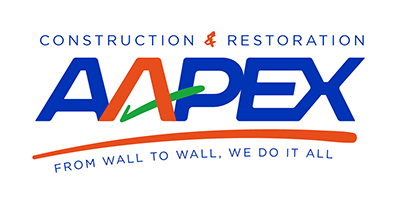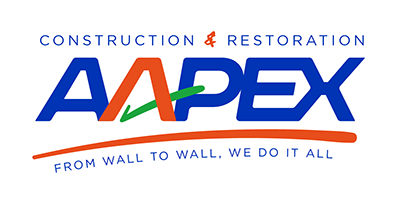As winter loosens its grip and the signs of spring begin to emerge, homeowners must prepare for the seasonal transition and its potential effects on their properties. The thawing process, while a welcome relief from the cold, brings forth challenges that can impact the structural integrity and overall condition of homes, especially in regions where freezing temperatures are common. In this comprehensive guide, we’ll delve into the intricacies of the spring thaw and explore practical steps homeowners can take to safeguard their homes against potential damage.
How can spring thaw affect my home?
One of the most significant effects of the spring thaw is the gradual warming of the frozen ground. As temperatures rise, the soil begins to thaw, causing it to expand and contract. This movement can exert pressure on the foundation of your home, leading to cracks or shifting. It’s crucial to inspect your foundation for any signs of damage and address them promptly to prevent further issues. Look for cracks in the foundation walls or basement floor, as well as any areas where water may be seeping in.
Services:
- Foundation inspection and repair
- Crack sealing and waterproofing
What is proper roof maintenance?
The melting snow and ice on your roof can pose a risk of water damage if not properly managed. Clogged gutters and downspouts can prevent water from draining away from your home, leading to leaks or water infiltration. Ensure that your gutters are clear of debris and that downspouts direct water away from your foundation to prevent potential problems. Additionally, inspect your roof for any missing or damaged shingles, as well as signs of ice dams, which can cause water to back up under the roof and into your home.
Services:
- Gutter cleaning and maintenance
- Roof inspection and repair
What are the signs of basement flooding?
The combination of melting snow and heavy spring rains can increase the risk of basement flooding. Check your basement for signs of water intrusion, such as dampness or pooling water, and take steps to waterproof vulnerable areas. Installing a sump pump can help mitigate the risk of flooding by removing excess water from your basement. Consider also sealing any cracks or gaps in the basement walls or floor to prevent water from seeping in.
Services:
- Sump pump installation and maintenance
- Basement waterproofing
What exterior maintenance should be done on my home in the spring?
Spring is an ideal time to inspect the exterior of your home for any damage caused by winter weather. Check your siding, windows, and doors for cracks, gaps, or deterioration, and make any necessary repairs. Additionally, ensure that your exterior drainage systems are functioning correctly to prevent water from pooling around your home’s foundation. Trim back any overgrown vegetation and clear away debris from around your home to improve airflow and prevent moisture buildup.
Services:
- Siding repair and replacement
- Window and door inspection and repair
What damage can spring thaw have on my landscape?
The thawing process can reveal damage to landscaping features such as retaining walls, walkways, and driveways. Inspect these areas for signs of shifting or settling, and address any issues promptly to prevent further damage. Consider also aerating and fertilizing your lawn to promote healthy growth and improve drainage.
Services:
- Retaining wall repair
- Walkway and driveway maintenance
By understanding how the spring thaw can affect your home and taking proactive measures to address potential issues, you can protect your property and avoid costly repairs down the line. Regular maintenance and inspections are key to ensuring that your home remains safe and secure throughout the changing seasons. If you’re unsure about how to address any concerns, don’t hesitate to consult with a professional contractor or home inspector for guidance. With proper care and attention, you can enjoy a smooth transition into spring and peace of mind knowing that your home is well-prepared for the season ahead.


